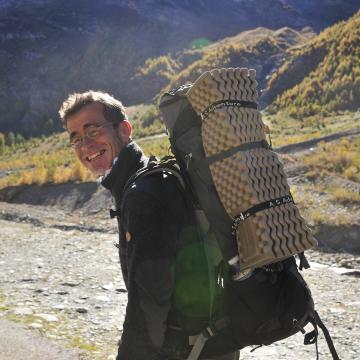
Pierre Pauquay
Member for 5 years 4 months
The Ardennes in all directions
Culture and Hiking
I visited Europe's biggest fortified castle
A journey through 10 centuries of history in the heart of the old town of Sedan
5 mins OF ESCAPE
I'm on my way to Sedan for a fascinating 2-hour tour to immerse myself in the epic history of Europe's biggest fortified castle that spans ten centuries
I leave my native Belgian Ardennes to go to the Meuse valley, in France. The infinite forest yields to a vast plain where the tranquil river flows. This is where the little town of Sedan nestles. As I walk down a street in the town centre, the massive fortified castle suddenly appears, looming over the houses as if about to crush them. Covering an area of more than 35,000 m², this is Europe's biggest medieval castle. I pass under the portcullis to reach the courtyard and find myself thrown into the Middle Ages. Sedan castle has just invited me on a wonderful journey through time.
Stone and power
In May 1424, Evrard de la Marck, who was then Lord of Rhineland and the owner of Bouillon castle, purchased the fiefdom of Sedan from Louis de Braquemont. This borderland between the kingdom of France and the Germanic Holy Roman Empire was subject to invasion. Its new owner was especially interested in a strategic military asset, a rocky spur near the River Meuse which made the ideal place to build a fortress and keep an eye on the intense activity on the river. The first stones were laid on the site of a priory and the lord didn't hesitate to evict the clergymen who resided there... His son, Jean, quickly fortified the castle with a whole kilometre of walls. The beast was born and never ceased to grow over the centuries. The materials used - lumber, yellow limestone and sand - came from the nearby Ardennes forest
Walls as high as the sky
The structure, as robust as Ardennes rock, boosted the image of the De La Marck family who left their mark on eight generations of medieval history. These princes embodied the power of Sedan to such an extent that the town emerged from their very essence. The castle looming over the town was theirs, and nobody else's.
As I wander along the walkways and through the underground passages, I can see how the structure developed through the ages alongside the evolving styles of military architecture. A succession of princes dwelled at a never-ending building site that was caught up in a frantic arms race. The lords of the castle responded to each evolution of artillery by building new fortifications around the previous walls. This incessant battle on the backdrop of cannonballs and armour resulted in castle walls way beyond the norm, 26 metres in width in some places. Surely no King or Emperor would ever challenge this!
But these insanely high walls didn't only serve defence purposes. They also established the powerful image of the De La Marcks. Inside the castle, where there was also a farm, the powerful family remunerated over a hundred servants. I imagine the castle as a hive of activity, where soldiers and staff rubbed shoulders with their lord in the courtyard, a real social melting pot. Chariots, carriages and carts loaded with hay made it difficult to circulate, and the luxurious lives of the princes were punctuated with gargantuan buffets of food served on tableware of silver and gold.
Inside the castle, the impact of the De La Marck lords is still visible. These bastions and spiral staircases still conjure images of the princes, who were so powerful that King Henry II of France even recognised their tiny territory of Sedan as an autonomous state! The De La Marck family weilded absolute power, minting their own currency and forging their own artillery.
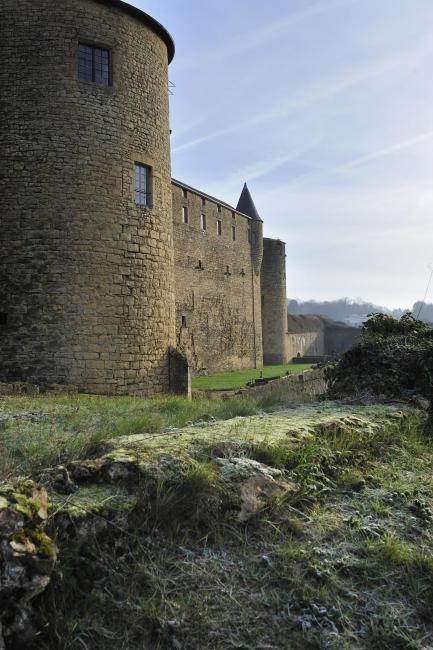
I imagine the castle as a hive of activity, where soldiers and staff rubbed shoulders with their lord in the courtyard
A story of flesh and blood
The narrative of the audioguide takes me to the 15th century when the lords, Robert I and Robert II, fought to establish their principality. Their successive reigns were governed by war and conspiracy, while the kings of France and the emperors of the Germanic Holy Roman Empire suffered betrayal. Through various unions, it came to be that the last heir of De La Marck, Charlotte, married Henri de la Tour d'Auvergne, from another princely family whose lineage faded out in 1642. At the time, Sedan was an independent, protestant principality. Indeed, Frédéric Maurice de la Tour d'Auvergne sheltered protestants who were fleeing France under Richelieu. It was a time of conspiracies, including the Conspiracy of Cinq-Mars which plotted the murder of the Cardinal in 1642, and peace with Spain. But the plot was uncovered, and Sedan became French in exchange for the head of the prince, who was involved in the conspiracy.
I study the magnificent model as the documentary explains how the castle was transformed into a citadel and saw the French army defeated by the Prussians in 1870. Later, the castle was occupied by military barracks which remained here until 1962.
In Sedan I visited a bastion of the past that's still intact. Despite its 1,000 years of age, this formidable fortress has retained a certain austere splendour. Europe's biggest fortified castle has stood the test of time and seems prepared to face eternity, its sole enemy as it turns out.
Try this experience
Cours Clos du Château
08200 SEDAN, FRANCE
Tel : +33 (0) 3 24 29 98 80
Special tours for children are available all year round, and summer shows with medieval knights will appeal to both adults and children.
Website: https://www.chateau-fort-sedan.fr



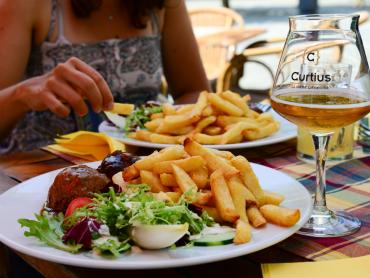


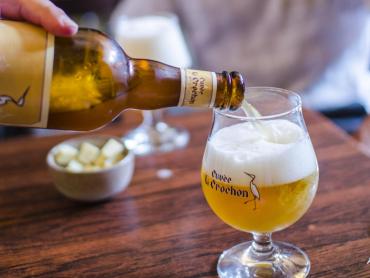
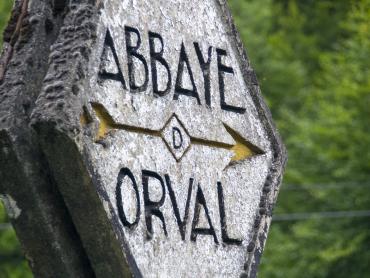
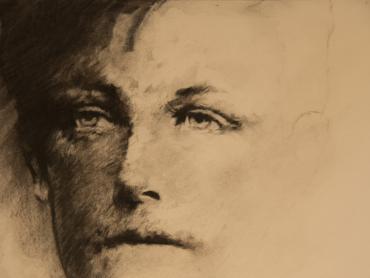
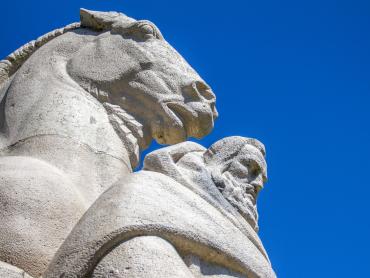


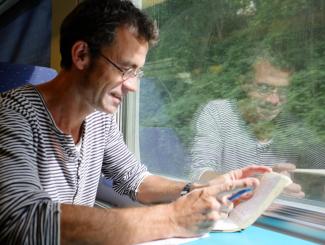
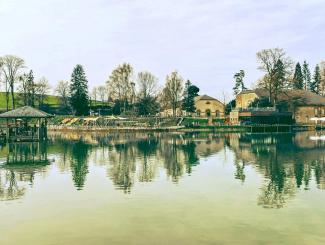
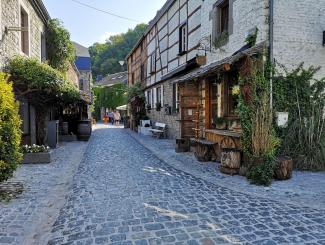





Europe's biggest fortified castle has stood the test of time and seems prepared to face eternity